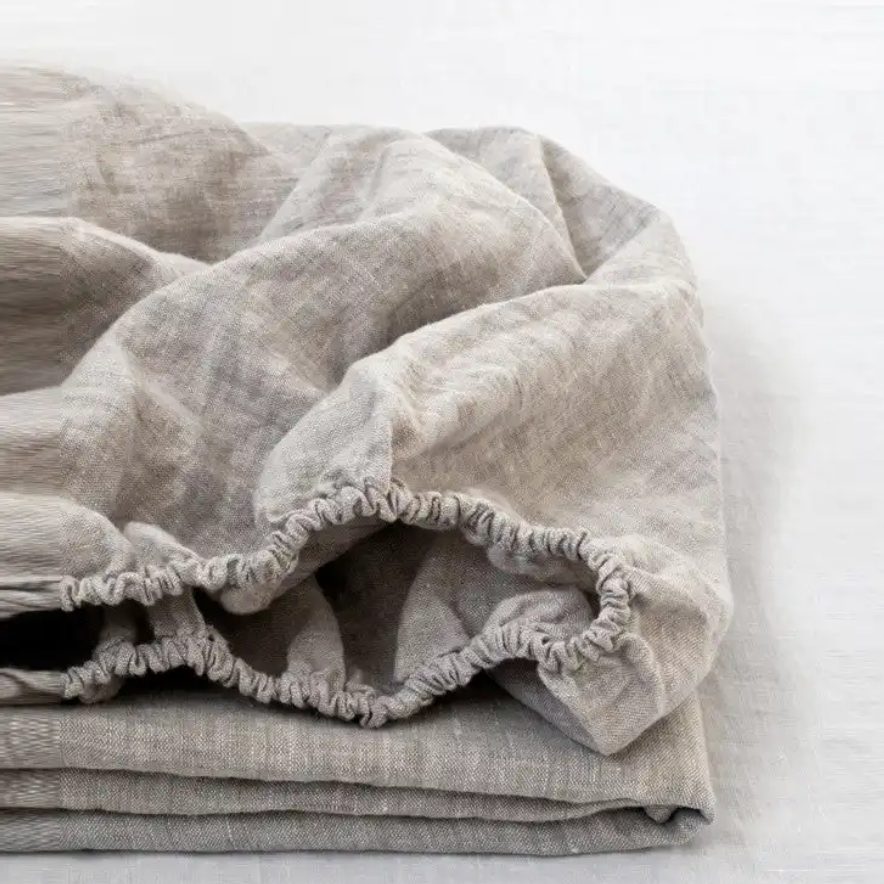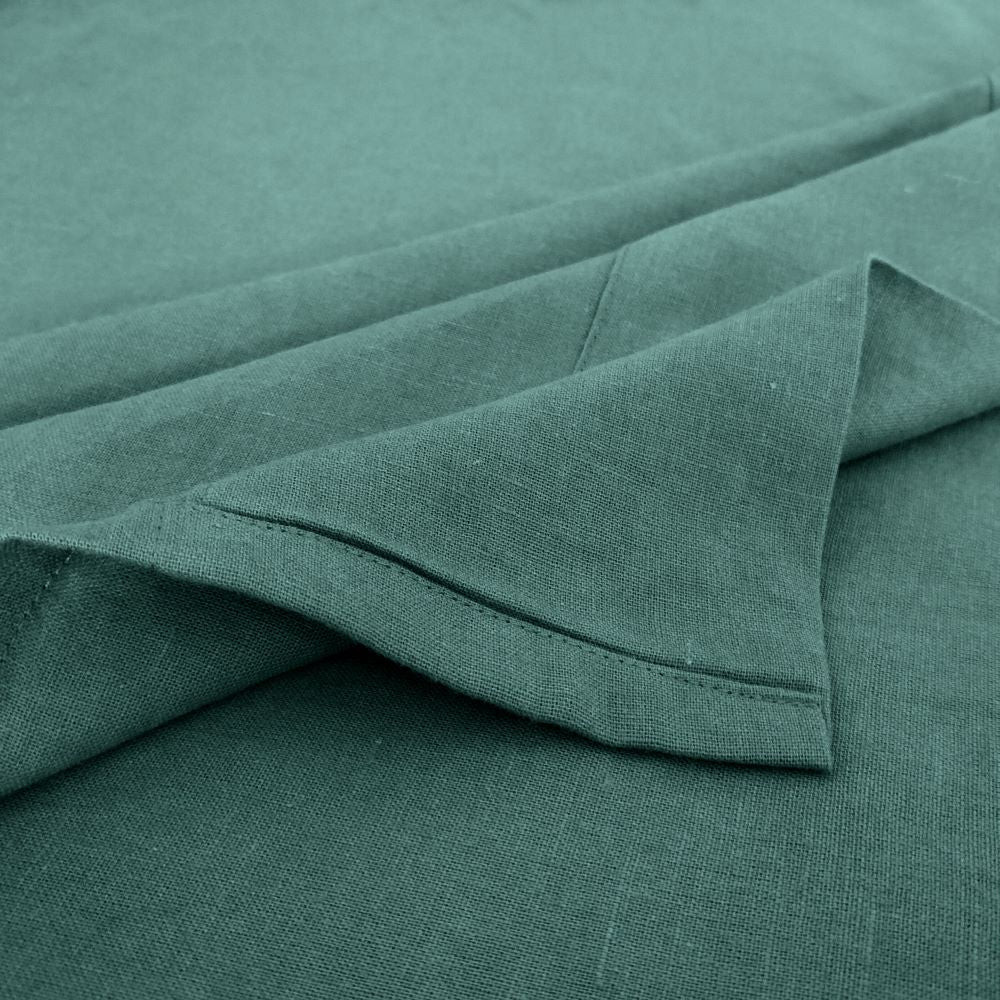As the adage goes, "Change starts at home," and there are myriad ways to craft a more sustainable living environment without sacrificing style. Whether opting for eco-friendly textiles or repurposing unused items to minimize waste, everyone has the ability to make mindful design decisions. Even the tiniest change can make a difference, so let's harness our combined influence and endeavor to contribute. To kickstart this journey, here are five simple pointers for imbuing your home with sustainable flair.
1. Change From Single Use Plastic

This is a big one to kick things off. Examine the everyday items you utilise in your household and explore if there are more sustainable options available. Swap liquid soap for bar soap to cut down on plastic consumption or opt for bar shampoo instead of bottled. Ethique have a range of plastic free alternatives for the bathroom. Reusable facecloths over disposable cotton pads are another great option to reduce waste, as is using a washable dish cloth the kitchen over paper towel.
2. Opting For Longer Lasting, High Quality Items

Whether you're in the market for a new mattress or sprucing up your living area with fresh cushions, prioritize investing in enduring, resilient pieces, ensuring years of enjoyment. Opting for quality over quantity reduces the likelihood of needing replacements in the future, thereby minimizing landfill waste.
Certain fabrics, such as linen, improve over time, adding to their appeal. Linen's innate thermoregulatory properties make it ideal for year-round use, negating the necessity for multiple bedding sets. Embrace the philosophy of buying well once and for all!
3. Swapping Synthetics For Natural Materials
When purchasing new or pre-owned items, take note of the materials used in their construction. Goods fashioned from natural materials typically boast greater sustainability compared to synthetics. Opt for soft furnishings crafted from hemp, linen, or jute, and select large furniture pieces made from reclaimed wood, stone, or metal.
Natural fibers typically leave a smaller environmental footprint than synthetic counterparts, as they involve fewer chemical inputs during production. While synthetic fabrics often stem from fossil fuels, natural fabrics rely on renewable resources. Take linen, for instance, derived from the cellulose fibers of the flax plant. Flax cultivation demands minimal water, and every part of the plant is utilized in production, resulting in zero waste.
4. Use Plants That Are Native To Your Area

Adding plants to your interior décor can infuse a natural and organic ambiance, though their environmental impact shouldn't be overlooked. Cultivating houseplants often entails significant resource consumption, and depending on their origin, they may accumulate considerable "plant miles" as they journey from grower to retailer.
When seeking the ideal plant to enhance your space, consider patronizing local flower shops or garden centers. This not only supports nearby growers and florists but also ensures that the plants are more resilient. Locally-grown plants tend to thrive better since they're cultivated from seeds in similar conditions, making them better acclimated to the local soil, climate, and less susceptible to diseases.
For an even greener approach, consider growing plants from seeds or cuttings right at home, further reducing your carbon footprint.
5. Revitalize Furniture With a Fresh Coat of Paint

Leverage what you already possess. Instead of disposing of your old furniture and buying new replacements, consider how you can repurpose or rejuvenate them. Could that old chair benefit from a fresh upholstery fabric? Or perhaps updating the hardware on your kitchen cabinets could breathe new life into them? Even a simple coat of paint could rejuvenate those side tables.
Upcycling lies at the core of cultivating a mindful home, and refurbishing old furniture allows you to reduce waste while crafting something uniquely yours. A coat of non-toxic paint can work wonders in revitalizing neglected pieces, transforming them from dull to stylish. Plus, you can coordinate these items with the colors of other soft furnishings in your space for a cohesive look.
Starting with what you can achieve can still make a significant difference. If we all play our part, we can help reduce our carbon footprint for a greener future.










